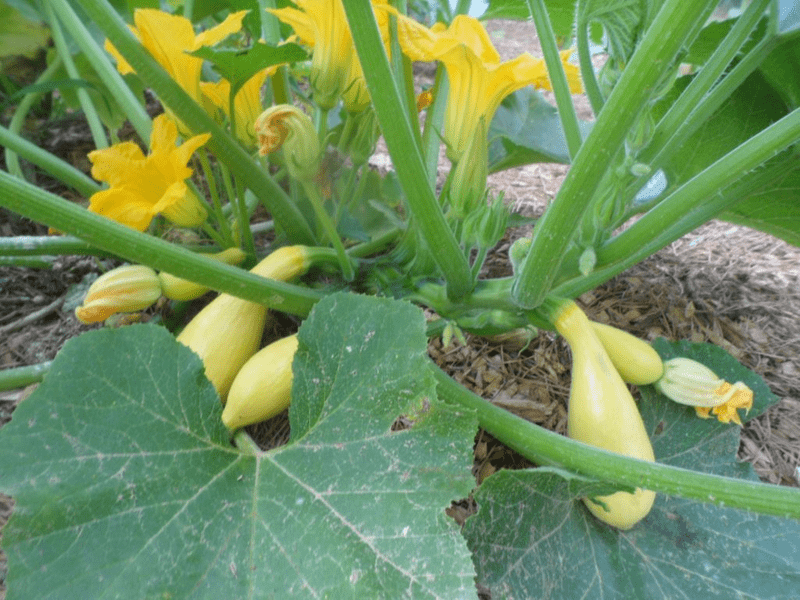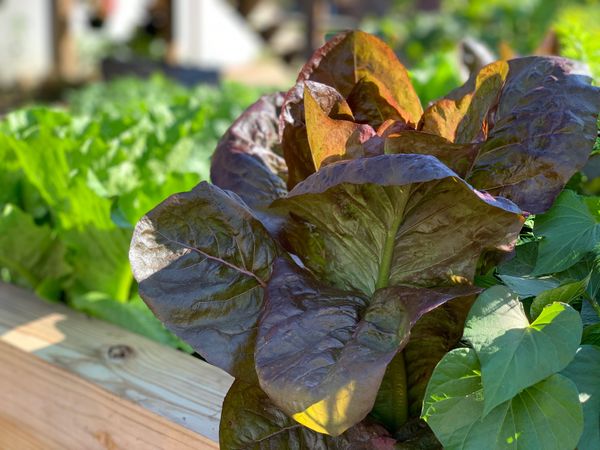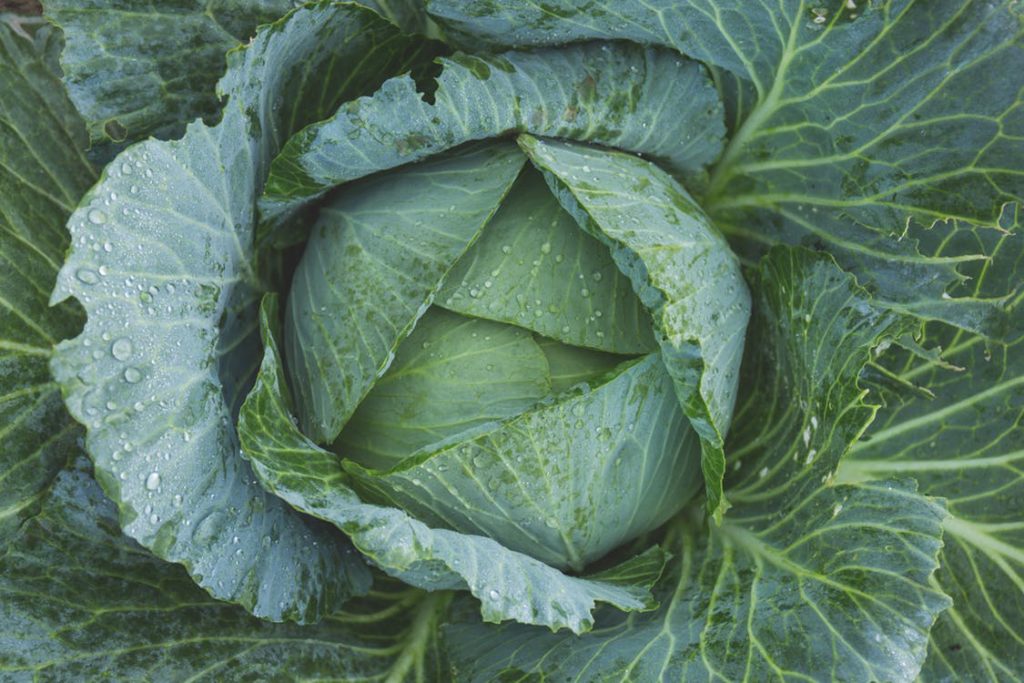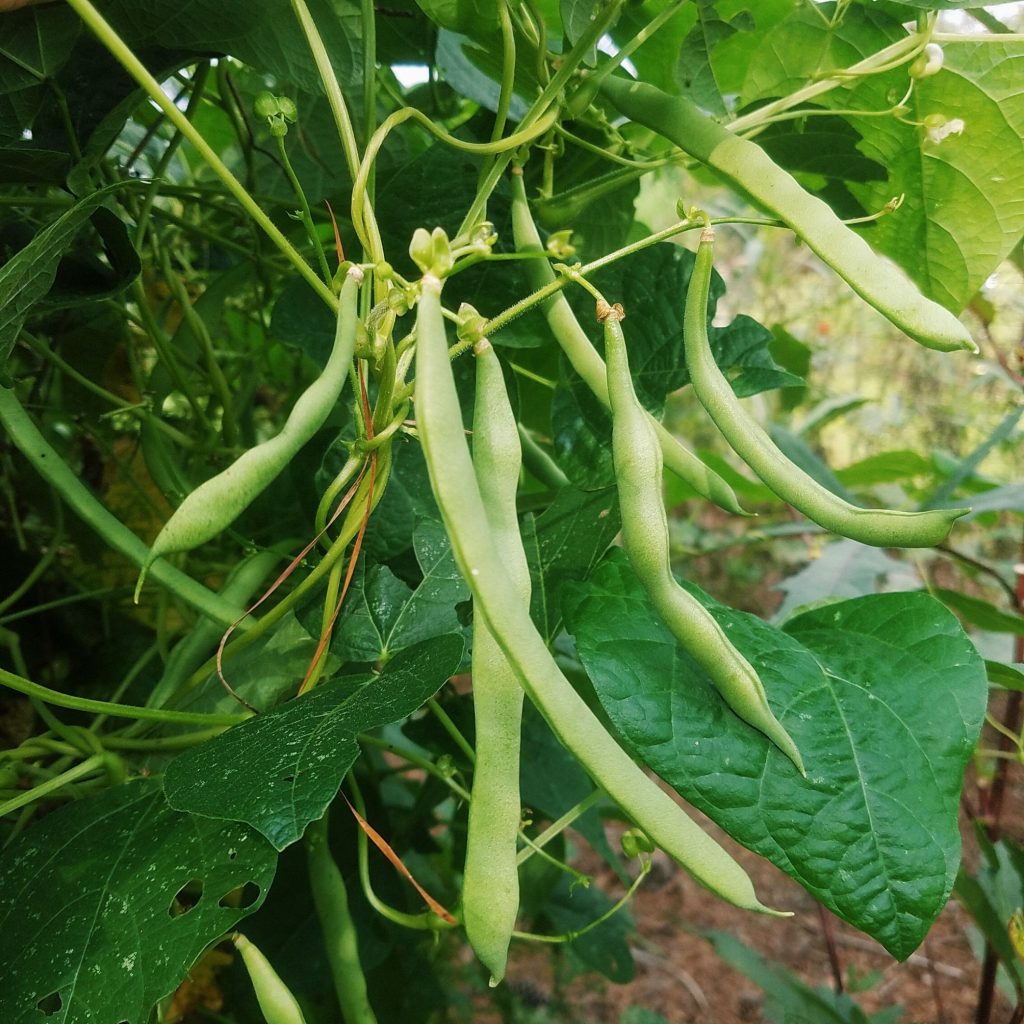High Production Crops for Small Spaces
Whether you’re limited on garden space or you simply want to get a harvest from the space you do have, one of the best things you can do is to plant high production crops.
What is a High Production Crop?
Growing high production crops for a home garden doesn’t mean you only plant crops that yield more in volume and weight than others, though it can definitely be part of it.
Instead, planting for high production also takes into consideration other factors. Perhaps a high production crop yields a heavy harvest relative to a small amount of space it takes up (like jalapenos).
Or, a high production crop may produce its harvest in a short amount of time, freeing your garden space up for another planting (like bush beans or squash).

If you’re looking to plant a high production garden to maximize the space you have, you will want to place a higher priority on the crops that check those boxes. At the same time, you may need to give up crops that take a lot of space or plant them.
So let’s talk now about which crops to choose for a high production garden, and which ones you may want to avoid or re-think.
Long Season Crops
Some crops will produce a harvest over a long period in your season. Cumulatively, this harvest potential is quite large. Of course, these are all dependent on your space and your climate, but some good options here are:
Quick Harvesting Crops
Harvests that come to harvest in a short period of time are perfect for small garden spaces, allowing you to succession plant another crop to get two or more harvests from the same space. These are all crops that come to a harvest in a relatively short amount of time (2-3 months), freeing up garden space later for a new crop.
- Determinate Tomatoes
- Lettuce and salad greens
- Bush Beans
- Dwarf Snap Peas
- Squash/Zucchini

Crops to Avoid in a Small Garden Space
If you have a small space, there are a few crops that you should probably avoid as a rule. See our list below.
- Dry Beans
- Shelling Peas
It takes SO many plants to get enough peas and dry beans to actually make the harvest worth it. For reference, I planted a 200-foot row of shelling peas and canned 6 to 8 pint jars. So, in a small space, this just simply isn’t worth it.
- Corn
Corn requires a lot of space to ensure complete pollination and ear development. It also consumes a lot of nutrients and water, which can deplete your soil more than other crops. If you have a smaller garden space, this may be one I would grab from a local Farmer’s Market instead.
- Broccoli
- Cabbage
Broccoli and cabbage are large plants that take up a lot of space — and yield only ONE head from each plant (with the exception of some side shoots). For this reason, other crops would produce more in that space.

But what if you love broccoli and cabbage like I do? Consider planting them in the fall, when garden space isn’t at a premium like it is in the spring.
If you can make some of these work and you just really love growing certain crops, then, by all means, add them to your garden. But if you’re looking to truly harvest more from the same space, consider shifting some of your effort to more high production crops.
For a more thorough discussion on incorporating high production crops and finding ways to still grow the others without sacrificing premium space, check out this recent podcast episode on the Beginner’s Garden Podcast. You can listen below or continue reading.
Do you get overwhelmed with garden planning?

Subscribe here for my best tips to plan your garden in just 7 days -- all for FREE.
Plus, I'll send you my "In the Garden E-mail" on Fridays, periodic updates on garden resources relevant to you, and you'll receive access to my entire bank of free garden downloads!
You are also agreeing to our privacy policy.

